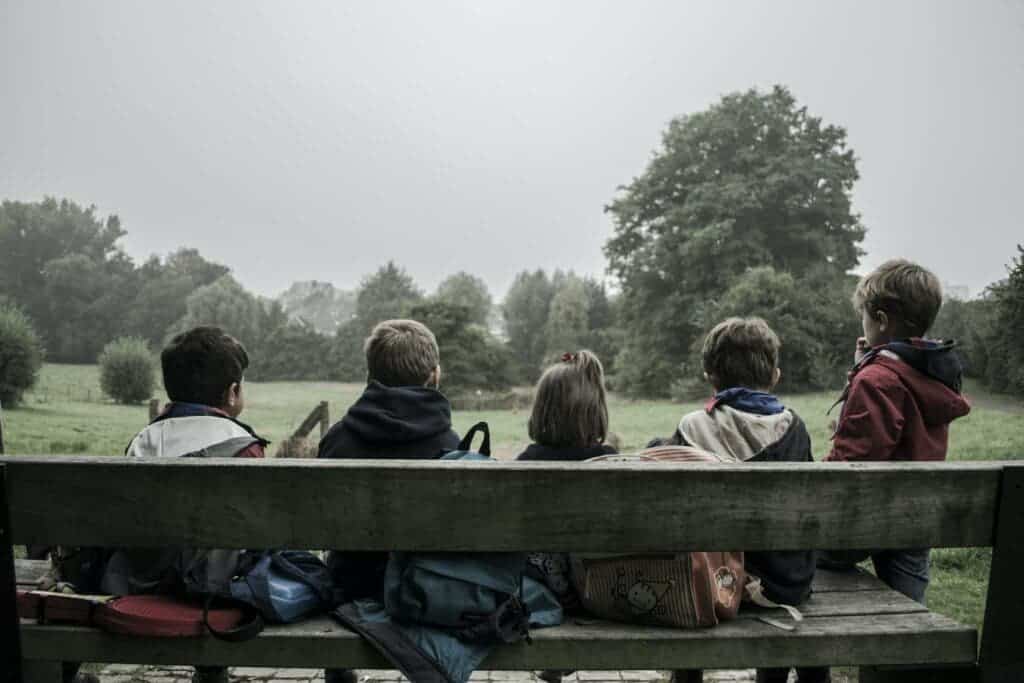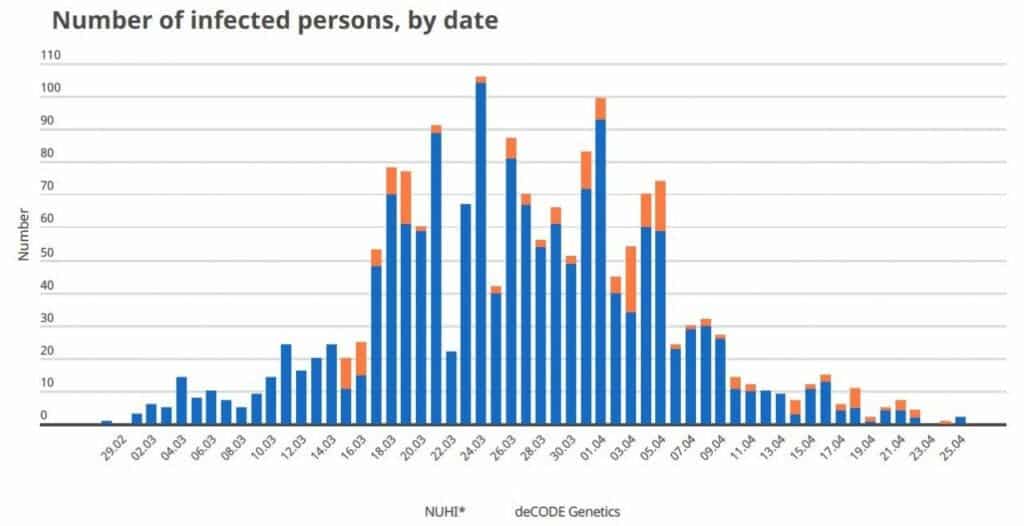The role that children play in the COVID-19 pandemic has been unusual from the start. Children appear to be largely spared by the disease, to the point where the vast majority of them don’t even get the disease, and even across those who do, most don’t develop severe symptoms.
This brings up an interesting question: can schools be opened without increasing the risk of coronavirus spread?

Children are not superspreaders
Since the first cases emerged from China, it was clear that SARS-CoV-2 was ‘not another respiratory virus’ — sure, it took a while for everyone to understand that it’s not another flu, but the evidence was clear from the beginning. SARS-CoV-2 was strange in many ways.
Take, for instance, the difference between children and young adults. It’s understandable that a disease hits the elderly and spares the young and healthy — but why is the situation so different between young kids and young adults? Do children not become infected in the first place, or do they simply brush it off without any symptoms? If children are indeed infected, can they pass the disease on? For how long?
All those questions are still up for answering, but we have learned quite a few things about this.
An interesting piece of data comes from the town of Vo, in Italy. The town, which numbers some 3,400 inhabitants, screened almost its entire population (86% of all adults). Surprisingly, no children under 10 years were found to be positive (compared to an overall rate of 2.6% for the total population) — even if their parents had the disease. Data from contact tracing in Japan also seems to suggest far lower infection rates for children, and a preprint study from China suggests the same thing: children were less likely to carry the disease than any other group.
It’s not that children can’t get the disease — but for some reason (which is far from clear at this point), they seem far less likely to do so. When it comes to transmitting the disease, children also seem to be quite fortunate.
A case study in the French Alps found that a child with COVID-19 didn’t transmit it to anyone else, despite exposure to over 100 children. In Australia, none of the 735 students and 128 staff contracted COVID-19 from nine infected children, despite close contact. It seems that if children do get the disease, they are most likely to get it from their adult family, and they rarely pass it on.
It’s still not clear exactly what role children play in the transmission of the disease, but they don’t appear to be super-spreaders, at the very least. The problem is, we won’t know for sure what’s going on until we have access to high-quality, cheap, and widespread immune tests — and that won’t happen for a while. In this time, we will still have to make decisions and find a way to live, somehow.
Considering all of this, two researchers at the University of Southampton advise the reopening of schools for young children, as it won’t be a significant risk in the grand scheme of things.
“Governments worldwide should allow all children back to school regardless of comorbidities. Detailed surveillance will be needed to confirm the safety of this approach, despite recent analysis demonstrating the ineffectiveness of school closures in the recent past.”
Iceland’s experience

Iceland’s experience in this pandemic is extremely valuable, especially as the country’s approach was almost unique in nature. Iceland’s declared plan is to eventually screen everyone in the country, and they’re making great progress in this direction — on a per capita basis, the small nation has the most tests in the world. Because it is so comprehensive (14% of the 360,000 population has so far been tested), Iceland’s data might also have significance for the rest of the world.
In a recently published article, Valtýr Stefánsson Thors, the President of the Icelandic Paediatric Society, described what the country has learned about the role of children in COVID-19.
Iceland has had no closure of primary schools nor day-care centers, although these facilities have been running on a limited power also due to staff issues. Nevertheless, there seemed to be no significant spread of the disease through schools. Furthermore, despite schools not closing down, Iceland has managed to essentially shut down its epidemic, suggesting
“Sooner than was anticipated, the epidemic has come to a halt (very few cases diagnosed per day for the last 5 days, see figure),” Stefánsson Thors explains. “Fewer than 200 children were infected but none needed hospital admission although they were rigorously followed up by telephone (every 1-2 days) while symptomatic.”
However, while Stefánsson Thors says Iceland’s policy has been based on evidence (which would imply that he considers keeping schools open an evidence-based policy), he stops short of making a clear recommendation. Instead, he praises Iceland’s overall coronavirus response, which is understandable considering that the country is now reporting fewer than 10 cases a day.
“To summarise, the Iceland approach was to react in time and escalate measures as the epidemic surged, but all decisions were made based on the available data (and not emotion). Excellent communication between the health authorities and the public where all decisions were made clear a few days in advance. The three people running the press conferences are now rated as the most popular people in Iceland! The endgame is now in hand and considering that only a small proportion of the population has been infected, the risk of resurgence of infections is high and restrictions are likely to remain in place for the remainder of this year causing catastrophic situations for the tourist industry and the economy of Iceland. One can only hope that the next wave of infections (which is likely to come) will also spare young children.”
Should schools be reopened?
This pressing question is still without a clear answer — and we won’t have one anytime soon. However, policymakers should consider existing evidence and make decisions based on this existing evidence.
The existing literature also doesn’t say much about high schools and universities — teenagers and young adults might be in a different category than young children.
It’s also important to note that even if children aren’t necessarily at a high risk themselves, there is an entire staff system around schools that can be subjected to disease spread. This is not a clear-cut issue though, at the very least, children don’t seem to be the major concern for this outbreak.


